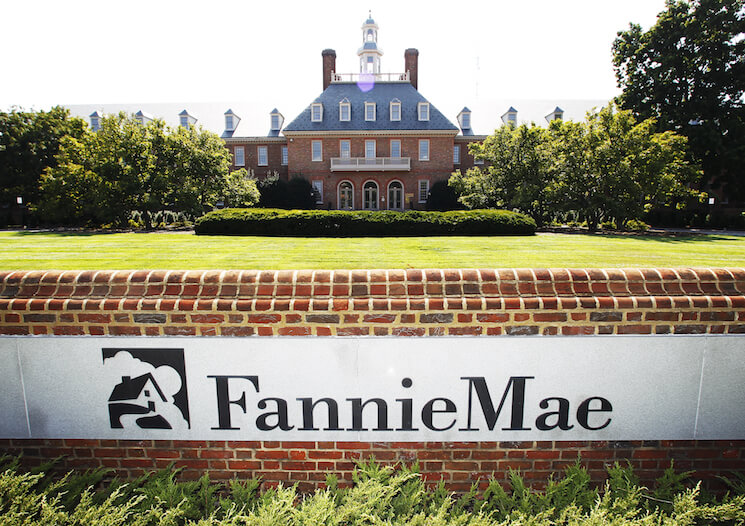How extending credit can fight recessions

When you’re fighting a recession, you want to use the policies with the most “bang for your buck.” Given what we now know about the potential scarring effects of recessions, using inefficient policies not only waste resources but also risk damaging the future potential of workers and the economy as a whole. Policymakers attempting to hasten the return of strong growth often think of fiscal and monetary policy, but a new paper by Deborah Lucas of the Massachusetts Institute of Technology highlights the often-overlooked stimulus power of federal credit policies, which made a sizable contribution to the fight against the last recession.
If fiscal policy is about the government transferring income to households, and monetary policy is about the central bank affecting the flow of credit to households, businesses, and governments, then the kinds of credit policies Lucas highlights—such as Fannie Mae, Freddie Mac, and student loans—are about the government affecting the flow of credit. Lucas notes that there have been few papers on the recession-fighting effects of these federal credit programs for almost 25 years. So that’s what she sets out to do in the paper: to see how effective these programs are at fighting recessions.
Lucas goes about figuring out their effectiveness by calculating how much additional economic output happens after an additional dollar is spent on a specific program—a metric known as a “multiplier” to those familiar with fiscal policy. Economists frequently calculate the multiplier of an additional dollar spent on unemployment insurance during recessions, for example. The relative size of multipliers varies over the business cycle: There’s more bang for your buck during recessions, when there are more idle resources—unemployed workers and underutilized capital—to mobilize.
Lucas ends up finding some pretty significant effects for the federal credit programs during the Great Recession, which helped increase the amount of funds borrowed by households and businesses. And given the substantial multipliers (up to 2, which is the upper end of estimates from the Congressional Budget Office) that she assigns to these programs, the effect of all the credit programs appears to be quite sizable. Overall, the credit programs made a considerable contribution to the fight against the recession: According to Lucas’s estimates, the credit programs in total had a similar impact—$344 billion in additional output—as the American Recovery and Reinvestment Act, better known as the stimulus bill, in 2010.
The scope of these credit programs is clearly underappreciated. And if economists, analysts, and policymakers are starting to think about the proper mix of fiscal and monetary policy to fight future recessions, perhaps they should start considering the role of these programs.
